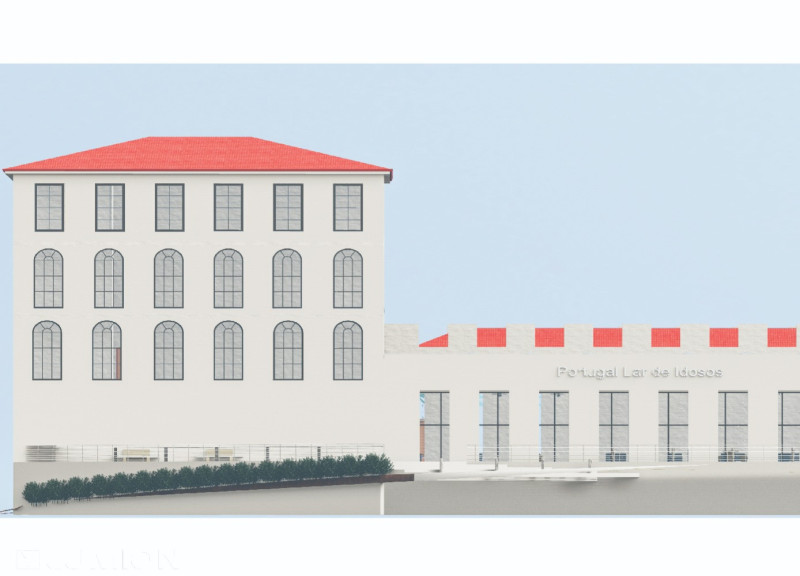5 key facts about this project
At its core, this architectural endeavor represents a synthesis of aesthetic appeal and practical design, serving as a hub for various activities and interactions among its users. The building is designed to facilitate [insert specific function, such as community gatherings, commercial activities, or artistic expressions], creating a space that is both inviting and purposeful. Each element is carefully considered to ensure that the project not only meets but exceeds the expectations of its intended occupants.
The architectural design is marked by its thoughtful use of materials such as concrete, glass, wood, and steel. These materials have been selected not only for their durability and functionality but also for their ability to provide a tactile experience that enhances the overall ambiance of the space. For instance, the concrete structure provides a robust framework, while expansive glass facades invite natural light to flood the interiors, creating bright and airy environments conducive to productivity and well-being. The incorporation of wood elements offers warmth, establishing a connection between the indoor spaces and the natural environment, which is further emphasized by the project's integration of landscape features.
One of the distinguishing aspects of this project is the way it addresses the surrounding context. The architectural design engages with its site, responding to environmental factors such as sunlight patterns, wind direction, and topography. This sensitivity to the environment is evident in the strategic placement of windows and outdoor areas, which promote natural ventilation and encourage occupants to enjoy the outdoors. By harmonizing the built form with the landscape, the project fosters a connection to nature that enhances the overall user experience.
Particular attention has been given to circulation within the building, allowing for intuitive navigation through a thoughtful arrangement of spaces. Key areas, such as entrances and common areas, are designed to facilitate social interactions and community engagement. The flow of movement has been optimized, ensuring that users can transition smoothly from one space to another, which is crucial for both functionality and user satisfaction.
Unique design approaches employed in this project include the emphasis on sustainable practices. Features such as green roofs, rainwater harvesting systems, and energy-efficient building materials are integrated into the design, enhancing the project's sustainability profile. This commitment to environmental stewardship not only minimizes the ecological footprint but also serves as an educational tool for the community, highlighting the importance of sustainable living.
As visitors explore the various architectural details—from the meticulously crafted entrances to the thoughtfully designed communal spaces—they will discover the depth of thought that defines this architectural project. The layering of textures, the play of light and shadow across surfaces, and the strategic landscaping all contribute to an atmosphere that feels both contemporary and rooted in its specific locale.
Overall, this architectural design stands as a testament to the potential of well-considered architecture to enrich community life. It exemplifies how buildings can serve as more than mere structures; they can become vibrant, integral parts of the urban fabric. For those interested in delving deeper into the intricacies of this project, including the architectural plans, architectural sections, and architectural ideas behind the design, further exploration offers valuable insights into the thoughtful processes that shaped this remarkable project.


























